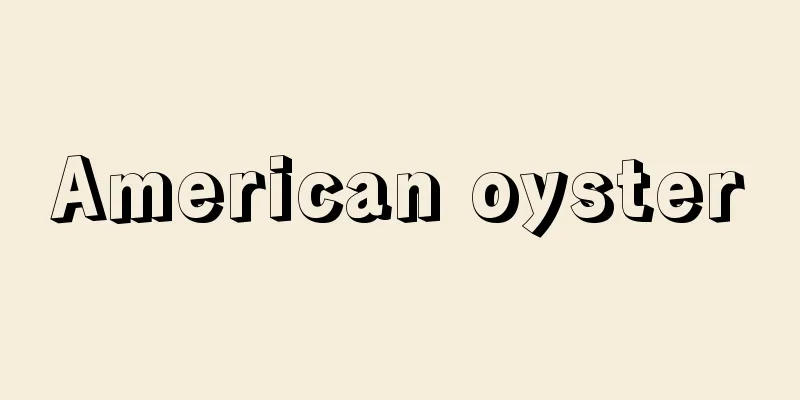Commercial Revolution

|
From the 11th century to the 13th century, especially after the Crusades, long-distance trade in Eastern and Western Europe experienced a period of revolutionary development. Then, during the Age of Discovery, which began around the beginning of the 15th century, new routes to the New World were developed, such as those by Cristóbal Colon (Columbus) and by Vasco da Gama's voyage around the southern tip of Africa. As a result, the commercial sphere in Europe, which had been centered on the Mediterranean, North Sea, and Baltic Sea and was mainly active among Italian merchants, structurally declined, and was replaced by the Spanish New World-West Indies trade (exchange of European products such as woolen textiles for silver from the New World) led by merchants from Seville and Cadiz, and the Orient-East Indies trade (semi-compulsory trade mainly with Chinese silk, Southeast Asian spices, and Japanese copper and silver) led by Portugal. The commercial sphere expanded to a global scale, and the two Iberian countries established their dominance for about a century. This is generally known as the Commercial Revolution, but the influx of huge amounts of silver from the New World brought about a rise in prices in Europe, particularly in Spain, known as the Price Revolution, and the decline of the silver mines in southern Germany, which had flourished until the end of the Middle Ages, bringing about major structural changes behind the development of European commercial capital. Eventually, Dutch and British commercial capital invaded the commercial sphere, mainly in the East Indies, and played a pioneering role in leading to the imperialist era represented by the British colonial empire. Some consider this to be one of the pillars of the formation of modern capitalism. [Iizuka Ichiro] [Reference item] |Source: Shogakukan Encyclopedia Nipponica About Encyclopedia Nipponica Information | Legend |
|
11世紀から13世紀にかけて、とくに十字軍以後の東西ヨーロッパでは遠隔地商業が一時革命的発展をみた。その後15世紀初めごろから開始される大航海時代に、クリストバル・コロン(コロンブス)による新大陸への航路、バスコ・ダ・ガマのアフリカ南端回航による東洋への新航路などが開発された。その結果、ヨーロッパでは、それまでの地中海および北海、バルト海を中心とする、主としてイタリア商人の活躍した商業圏が構造的に衰退し、セビーリャ商人とカディス商人を主体とするスペインの新大陸=西インド貿易(毛織物などのヨーロッパ産物と新大陸の銀との交換)と、ポルトガルを中心とする東洋=東インド貿易(中国の絹、東南アジアの香料、日本の銅・銀などを主体とする半強制的貿易)がこれにかわった。商圏が世界的規模に拡大され、約1世紀にわたりイベリアの2国がその支配体制を確立する。一般にこれを商業革命とよぶが、新大陸からの莫大(ばくだい)な量に上る銀の流入は、スペインをはじめヨーロッパに価格革命と称する物価騰貴をもたらし、中世末期まで栄えた南ドイツの銀山は衰退し、ヨーロッパ商業資本の発展の陰に大きな構造的変化をもたらした。やがてオランダ、イギリスの商業資本が主として東インド商業圏に侵入し、さらには大英植民地帝国に代表される帝国主義時代につながる先駆的役割を果たした。これを近代資本主義形成の一つの支柱とする考え方もある。 [飯塚一郎] [参照項目] |出典 小学館 日本大百科全書(ニッポニカ)日本大百科全書(ニッポニカ)について 情報 | 凡例 |
<<: Commercial bank - shogyōginko (English spelling) commercial bank
>>: Business Studies - Shogyogaku
Recommend
Asazawa Ichiemon
…In the Edo period, it was a member of the Kanze ...
Sakae Osugi
A social activist and anarchist in the Taisho per...
Kobusigani (fist crab) - Kobusigani (English name) Leucosia obtusifrons
This crab of the family Lucosiidae lives on sandy ...
Bandy
A game similar to ice hockey, played in limited ar...
Ayu - Ayu
...Many of these songs have a strong historical c...
Monokusataro - Monokusataro
The protagonist of "Monokusa Taro," one ...
The Secret Life of Walter Mitty
...His works are deeply rooted in a nihilistic vi...
Sovet Narodnykh Komissarov SSSR
...However, the actual operation of the system wa...
Novorossiisk
...Population: 1,189,000 (1991). It was called Ek...
Sarashina Diary - Sarashina Diary
A literary diary from the mid-Heian period. 1 vol...
Archaeology
The word "archaeology" has been used in...
Psychedelic drug
... Generally, drugs that act on the brain (hypno...
Shafrir
Leader of the Indonesian Socialist Party. Born of ...
Carving
1. To sculpt or carve. 2. Wooden carvings of birds...
Indian characters - Indian characters
A general term for the characters that belong to t...






![Nile [river] - Nile](/upload/images/67cc61fea9e77.webp)


